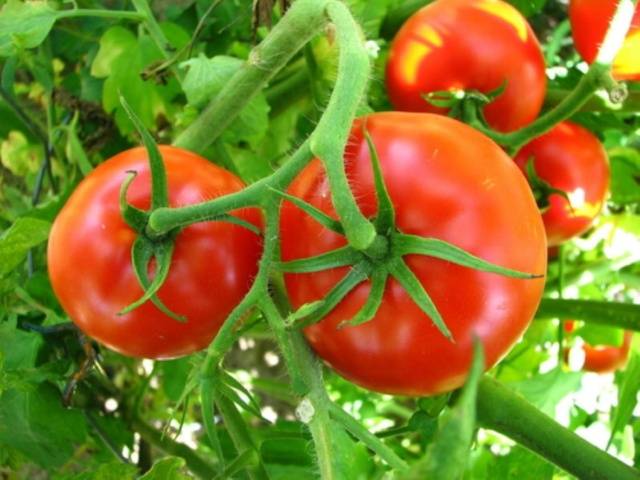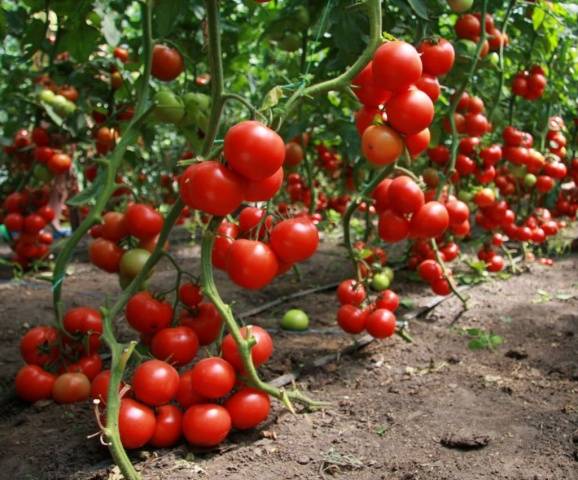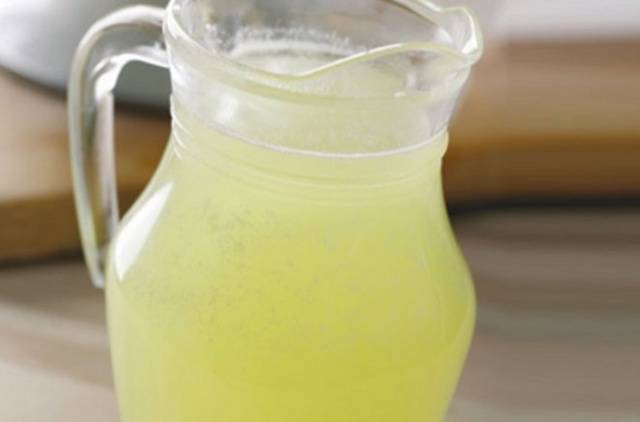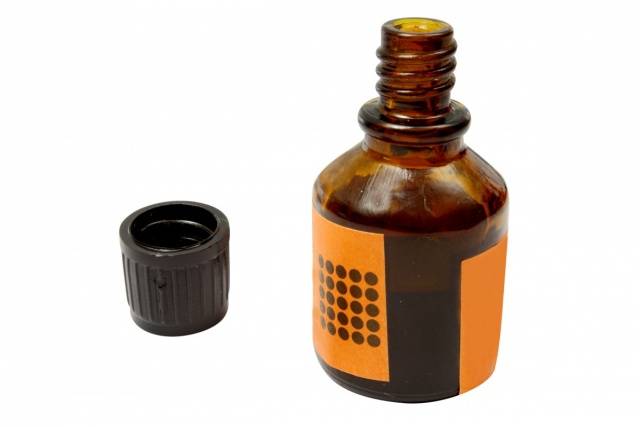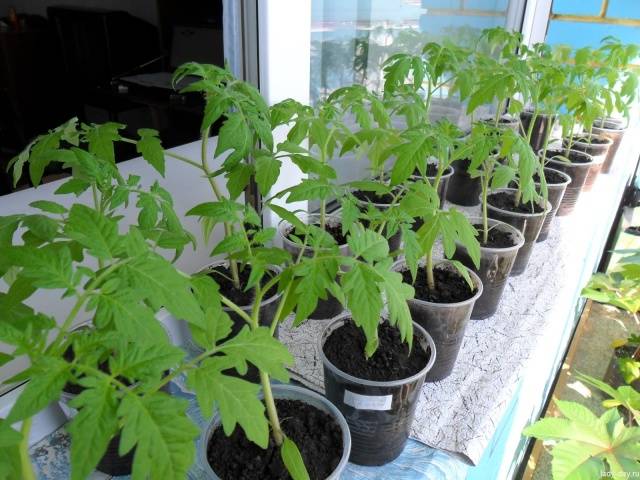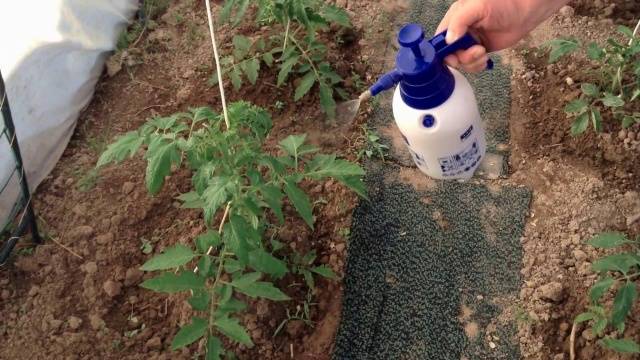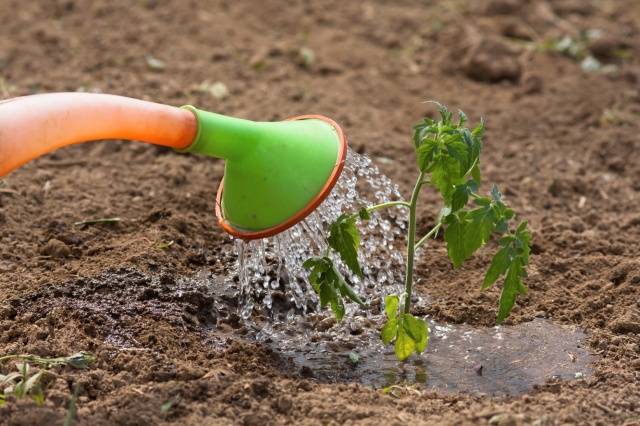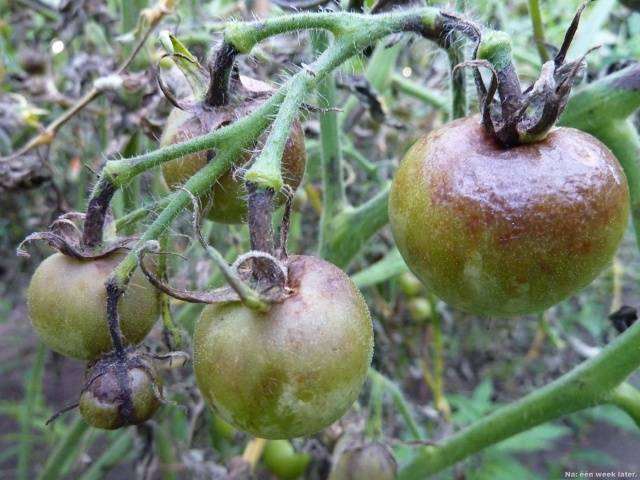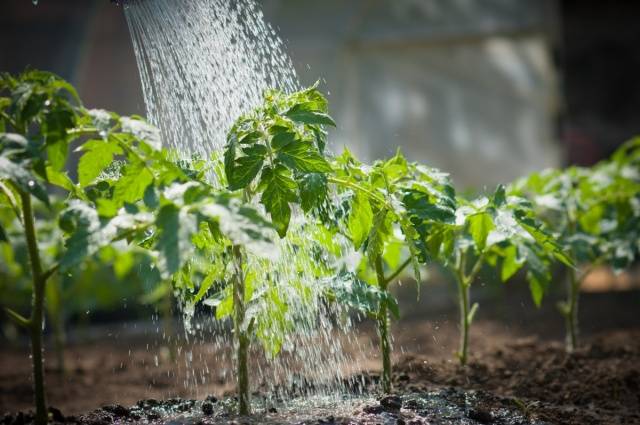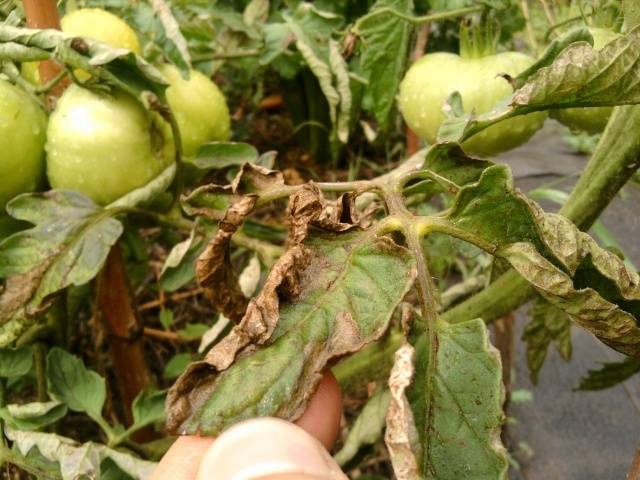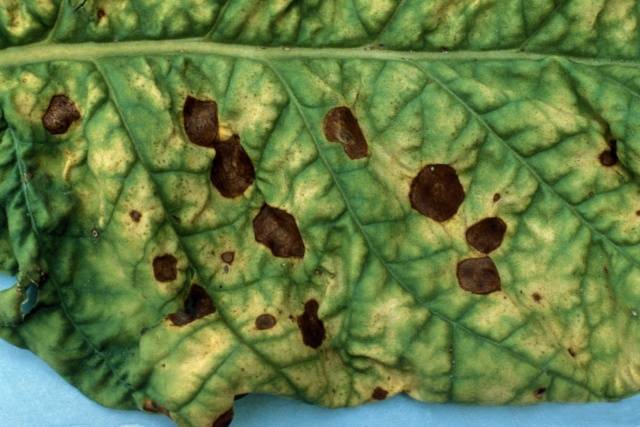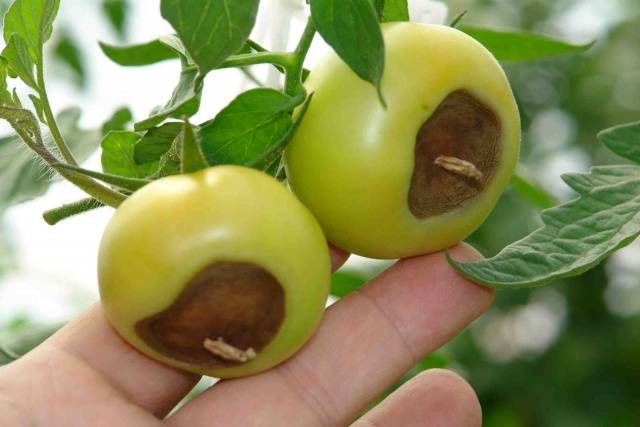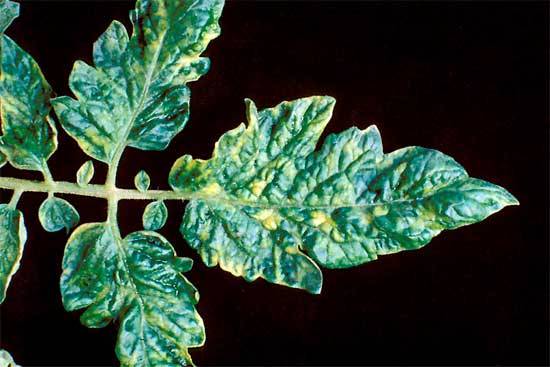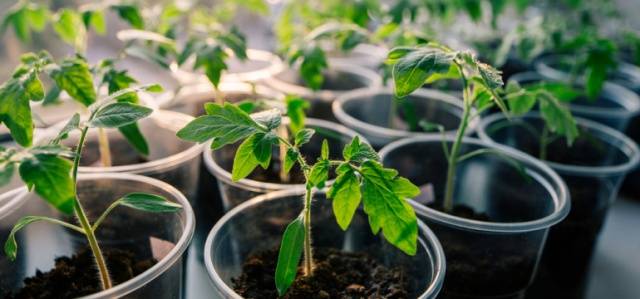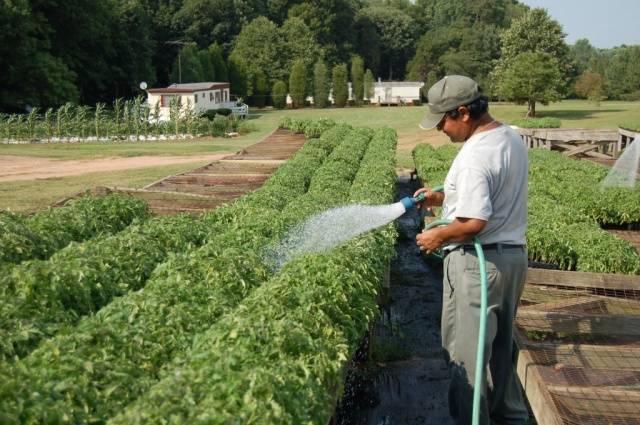Content
The greatest danger to tomatoes is represented by fungal diseases. They infect leaves, stems, fruits, as a result of which the growth of the plant stops. It helps to fix the situation spraying tomatoes milk with iodine... This combination of components is safe for the environment, however, prevents the spread of harmful microorganisms. Tomato processing is performed for the treatment and prevention of viral diseases of tomatoes.
The benefits of milk for plants
Milk contains nutrients that have a positive effect on tomatoes:
- copper, phosphorus, potassium, manganese, calcium, iron and other trace elements;
- lactose, which has a detrimental effect on insects;
- amino acids that activate the growth process.
After spraying with milk, a film forms on the leaves of the tomatoes, protecting the plant from pests and fungi.
Feeding with milk has a positive effect on plants:
- metabolic processes improve;
- useful substances contained in the soil are absorbed faster;
- the efficiency of the compost is increased.
Tomatoes, in the cultivation of which was used milk feedingcontain many useful substances. When eating them, a person also receives these elements.
The advantage of milk is its environmental friendliness and safety. When working with it, additional protection for hands, eyes, and respiratory system is not required.
Milk is good for tomatoes during growth, when the need for nutrients is especially high. Milk feeding is also indispensable during the formation of fruits.
What kind of milk is suitable for spraying
For spraying tomatoes, raw milk is used, which contains a maximum of useful substances. It is allowed to use a pasteurized or processed product, however, the concentration of useful components in it is not so high.
Benefits tomatoes and whey, which remains after the souring of the product. Usually it is not used in its pure form, but is diluted with water. Thus, the acid-base balance of the soil is preserved.
Milk whey contains beneficial lactobacilli that can displace harmful microorganisms from tomatoes.
When the milk turns sour, it should be poured into a saucepan and then heated over low heat. The liquid, which begins to separate, is then used for spraying. Up to 600 ml of whey is formed from one liter of milk.
Spraying tomatoes requires a 1: 3 ratio of whey to water. Many gardeners add laundry soap to the liquid. If this is not done, then the whey will flow down the leaves, which will not receive nutrients. Thanks to the soap, all the nutrients will remain on the foliage.
To improve the nutritional properties of low-fat milk, add iodine... The result is a drug that has a complex effect on tomatoes.
The benefits of iodine for plants
Iodine is a chemical element that ensures the proper development of plants. With a lack of it, tomatoes develop more slowly, which affects the quality and time of harvest.
The additional benefits of iodine are as follows:
- safe for soil, animals, plants, humans;
- performs the functions of disinfection, destroys harmful microorganisms on tomatoes;
- improves the germination of seed;
- helps seedlings to take root after transplanting;
- strengthens the immunity of already growing tomatoes, heals them, increases productivity;
- after treatment with iodine, its content in fruits increases, which brings benefits to human health;
- due to the increased iodine content, the shelf life of tomatoes increases.
Iodine is especially useful in the spring during the period of plant development.
Tomatoes take time to adapt to new conditions.
Before planting, you can treat the soil with iodine. As a result, harmful bacteria that spread tomato diseases will be destroyed. The procedure is carried out 2-3 days before plant transplantation.
Before fertilizing tomatoes with preparations containing iodine, you need to water the soil well. With dry soil, tomato processing is not carried out.
To disinfect the soil, one drop of iodine per 3 liters of water is enough. Watering is allowed a week after planting in the ground.
Spraying features
Tomatoes growing in a greenhouse or open field can be processed. Spraying a tomato with milk and iodine is done at a certain time:
- in the absence of bright sunlight;
- in the morning or evening;
- in dry, calm weather;
- at the optimum ambient temperature - 18 degrees.
For processing tomatoes, a fine spray is used. During the work, you need to ensure that the product covers the leaves of the plants.
Spraying time
To feed and prevent diseases, tomatoes are sprayed with milk and iodine. The first procedure is carried out two weeks after planting the seedlings. Subsequently, spraying is repeated every two weeks.
If the first signs of phytophthora or other lesions appear, then the treatment with milk and iodine is allowed to be carried out daily.
The optimal time for spraying tomatoes with milk with the addition of iodine is the beginning of July. During this period, plants need amino acids to promote their growth.
Milk and iodine from phytophthora
Phytophthora is a fungal disease that is spread by spores. He is diagnosed according to the following criteria:
- dark spots appear on the back of tomato foliage;
- leaves turn brown and dry;
- the fruits turn black.
If the fungus has already begun to spread, then the tomatoes are almost impossible to save. If only certain parts of the plant are affected, they are removed and then burned.
Phytophthora spores spread in calcareous soil at high humidity. If the greenhouse is rarely ventilated, then the risk of the onset of the disease increases several times. Weakened tomatoes, which lack nutrients, are especially susceptible to late blight.
Various methods are used to combat late blight. All of them are based on the disinfection of the environment where tomatoes grow. A mixture of milk with iodine copes with this task perfectly.
If the disease has already spread, then treatment with iodine and milk should be carried out constantly. Since these are organic products, they can be used on a daily basis.
Only regular spraying will help provide reliable protection. Otherwise, iodine and milk will quickly be washed off the leaves after rains and watering. The acidic environment, which distinguishes whey, is detrimental to the phytophthora fungus.The first treatment with iodine and milk can be carried out from July.
To combat late blight, the following mixtures are used:
- milk whey and water in a 1: 1 ratio;
- a bucket of water, a liter of milk and 15 drops of iodine;
- 0.5 l of dairy product and 10 drops of iodine solution.
Solutions with an increased concentration of iodine are necessary to prevent the spread of late blight. It is recommended to alternate this remedy with other methods of fighting this fungus:
- a mixture of 10 liters of water, a glass of chopped shoots and heads of garlic and 1 g of potassium permanganate;
- a solution of sodium chloride in water;
- 100 g of crushed tinder fungus per 1 liter of water;
- a variety of chemicals.
Prevention of phytophthora
Prevention of phytophthora can be started after planting the plants. To do this, prepare 1 liter of milk or kefir, add up to 10 drops of iodine. The resulting mixture kills harmful microorganisms and prevents them from developing.
In addition to processing tomatoes, you need to use the following methods to combat late blight:
- peat is added to the soil with a high lime content, sand is poured into the furrows;
- planting is carried out according to certain schemes, observing the distances between the tomatoes;
- plants are watered in the morning so that moisture is absorbed into the soil;
- processing of seedlings with milk with iodine;
- greenhouses and hotbeds are ventilated, which helps to avoid excessive moisture;
- in cloudy weather, it is enough to loosen the soil;
- tomatoes need feeding with potassium and phosphorus;
- do not plant nightshade crops (eggplants, peppers, tomatoes, potatoes) close to each other in order to avoid the spread of late blight;
- moderation when applying nitrogen and other fertilizers;
- prevent overripening of fruits;
- grow tomatoes after cucumbers, garlic, onions, cabbage, pumpkins, legumes;
- spraying with milk and iodine as a prophylaxis.
Milk and iodine from other diseases
A solution of milk and iodine is also effective for other fungal diseases. Spraying rules are identical for all types of lesions.
Brown spot
The appearance of brown spotting can be judged by the following signs:
- light spots form on the upper part of the leaves, which gradually turn yellow;
- on the underside there is a bloom of brown or gray;
- the affected leaves dry out over time;
- fruits and stems are malnourished.
If signs of brown spot appear, the tomatoes are sprayed with a mixture of 0.5 liters of fat-free milk and 10 drops of iodine.
Gray rot
On tomatoes, gray rot appears first on old leaves in the form of a fluffy bloom. The pathogen is attracted by broken leaves and stems, cracked fruits. First, the lesion covers the lower leaves, after which it spreads up to the fruits.
The fight against the disease begins at an early stage. For this, milk is diluted with water, after which 10 drops of iodine are added. Processing begins from the bottom of the plant, from where the gray rot spreads.
Tobacco mosaic virus
Tomatoes are susceptible to the tobacco mosaic virus, which disrupts the process of photosynthesis in the leaves. The disease can be determined by a number of signs:
- beige mosaic-type stains on the leaves;
- spotted areas on foliage of light and dark shades.
The virus can be dormant for 5 years. Therefore, before planting, the seeds are treated with sodium hydroxide or potassium permanganate solution.
For the prevention of the disease, it is recommended to treat tomato seedlings with milk diluted with water and 10 drops of iodine. When adverse symptoms appear, the plant is removed to avoid the spread of the virus.
Fusarium wilting
The causative agent of this disease grows with tomatoes through seeds. Withering occurs after the fruit has formed, after which the plant weakens and dies. Infection is often caused by damage to the roots, after which the virus penetrates through the soil.
Fusarium disease can be controlled by seed treatment. For its prevention, a solution is used that includes 10 liters of water, 1 liter of low-fat milk and 20 drops of iodine.
Recipes for feeding
Even healthy plants need feeding in the form of milk with iodine. This mixture is a source of nutrients and prevention of fungal diseases.
- The first feeding of tomatoes is performed at the seedling stage. This requires a bucket of water, to which add 1 liter of milk and 15 drops of iodine solution. Watering strengthens the plants and increases their resistance to harmful microbes.
- The second feeding is done after the tomatoes are planted in the ground. A solution is preliminarily prepared, consisting of 5 liters of water, 1 liter of milk and 10 drops of iodine. Such feeding is more concentrated and is necessary for plants before flowering. Each tomato requires up to 0.5 liters of the finished product. The procedure is repeated every 3 days.
- When the fruiting period begins, feeding is done twice a week. It is best combined with other medications to provide the tomatoes with other nutrients. Adult plants are watered before the onset of heat in the morning.
Feeding with milk and iodine is done on an ongoing basis. Its purpose is to provide plants with nutrients.
Conclusion
Milk with iodine helps fight viral diseases that affect tomatoes. Instead of milk, you can use whey obtained from sour milk product. It is a versatile remedy for most types of fungus. The agent is mixed in the required proportions depending on the disease.
Spraying with milk with the addition of iodine should be carried out as a preventive measure. Due to it, the spread of harmful microorganisms can be prevented.
